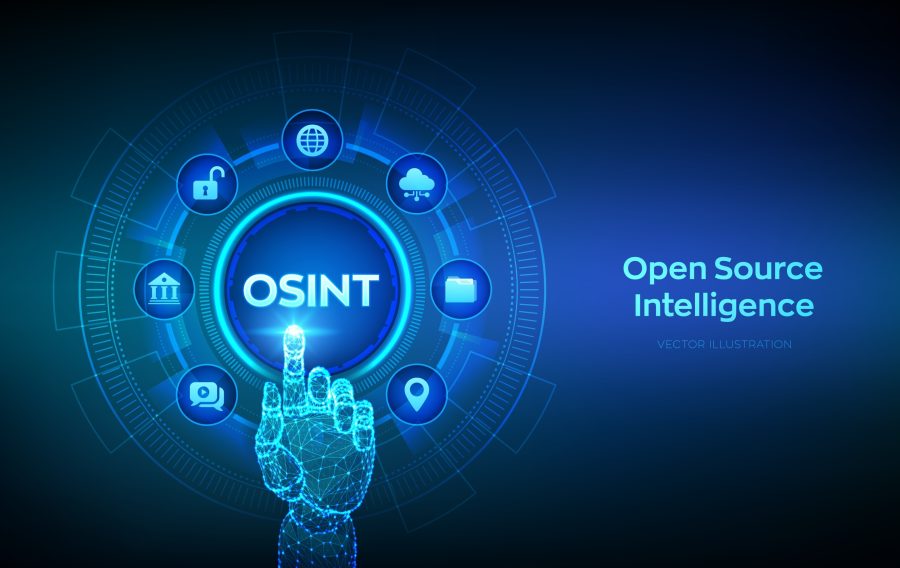
Open-source intelligence (OSINT) is now critical to defence and national security, but the sheer volume of available online multi-media data and its complexity put analysis beyond human ability.
Whereas this might have been a severe restriction a few years ago, advances in technology are streamlining analysis of a vaster array and volume of publicly and commercially available data sources, providing defence organisations with faster and more comprehensive intelligence.
Last year, for example the US Army formalised its OSINT strategy, emphasising the integration of open-source data, AI, and advanced analytics. Additionally, 11 NATO nations are part of the Northern Raven initiative, which enhances OSINT collection and cooperation in relation to Russia, signifying a cultural shift towards open-source data driven by the US. OSINT is now a significant tool, complementing other intelligence streams like human intelligence, and classified data.
In Ukraine, we can see how OSINT has been in constant use to analyse posts on public platforms from Russian soldiers and citizen journalists. The rotation of large numbers of military personnel continues to provide valuable OSINT as operational security discipline varies significantly across units.
Success in applying OSINT to defence and military use cases is in fusing intelligence at the strategic and tactical levels and combining OSINT insights with other intelligence data points.
OSINT is also playing a significant role in evidence-gathering for potential war crimes. The digital sources include satellite images, blogs, forums and of course, social media. OSINT is hugely valuable, but it is not enough on its own. It must be skilfully blended with conventional HUMINT, SIGINT and other forms of classified intelligence.
Within NATO countries, OSINT is vital in preparations for any defence operation. Any intervention could face disruption on home soil from extremists, activists and infiltrators, many of whom operate in networks exploiting the dark web to collaborate. In doing so, they leave digital trails which intelligence agencies can analyse comprehensively if they have access to advanced OSINT technology. The same agencies can detect and trace organised disinformation campaigns on social media which could cause problems for defence operations.
Outside UK borders, OSINT obviously has a major role in providing military forces with the best intelligence possible about the situation they may encounter in operations ranging from extraction, peace-keeping and disaster relief, to outright confrontation with armed opponents.
Advanced OSINT employs AI and machine learning
The advances in OSINT technology enable government agencies and defence organisations to monitor all relevant suspicious activity, trends, and threats effectively at a time when budgets are very tight and data science skills in short supply.
In 2022, a joint paper between RUSI and the Alan Turing Institute took up this point, urging greater use of OSINT. As well as the exponential growth of data, the paper pointed to a “favourable cost equation”. The authors emphasised how OSINT technology frees up intelligence personnel for “high-end” work, covering gaps in tradecraft.
OSINT platforms achieve this through skilled integration of AI, machine learning and allied analytical technologies such as natural language processing. This achieves effective, comprehensive intelligence gathering and analysis at scale and at pace with AI and machine learning used to complement human analytical skills. Advanced, highly automated platforms can rapidly identify key connections or threats that would otherwise take days or weeks manually.
OSINT investigatory capabilities can cover billions of data points across highly diverse data sources including news streams, watch lists, social media, and other publicly and commercially available data sources. Smart prioritisation and filtering uncovers only the relevant insights or risky data, while augmented intelligence enhances but does not supplant human decision-making and improves data-processing.
Piecemeal implementations or reliance on spreadsheets or crude web-search can never be as effective. Manual methods eat up time and multiple, ad hoc solutions are disjointed when what organisations need is a fully integrated toolset that dovetails with their own workflows and operates intuitively, vastly augmenting the expertise of trained defence intelligence professionals. This is the only way to deliver the entire benefits of OSINT so organisations can transform their mission-critical decision-making.
Users can fine-tune the AI driven risk detectors for fast and accurate detection across large datasets. Sentiment analysis, rapid filtering and detection of key words and phrases, images and video along with built-in obfuscation to ensure anonymity, are built into these techniques.
The gains in cost-effectiveness and overall intelligence from adoption of advanced OSINT technology should make its wider adoption inevitable. The UK faces an expanding range of sophisticated and externally originated threats on home turf and abroad, while its public finances are under intense pressure. Advances in OSINT technology have arrived just at the right time for the UK and will provide defence organisations with vastly improved intelligence at lower cost. This is exactly what the country needs as the threats proliferate.
By Dr. Brenton Cooper, CEO & Co-founder, Fivecast
If you would like to join our community and read more articles like this then please click here








